In pictures: Lives in limbo on India-Bangladesh border
- Published
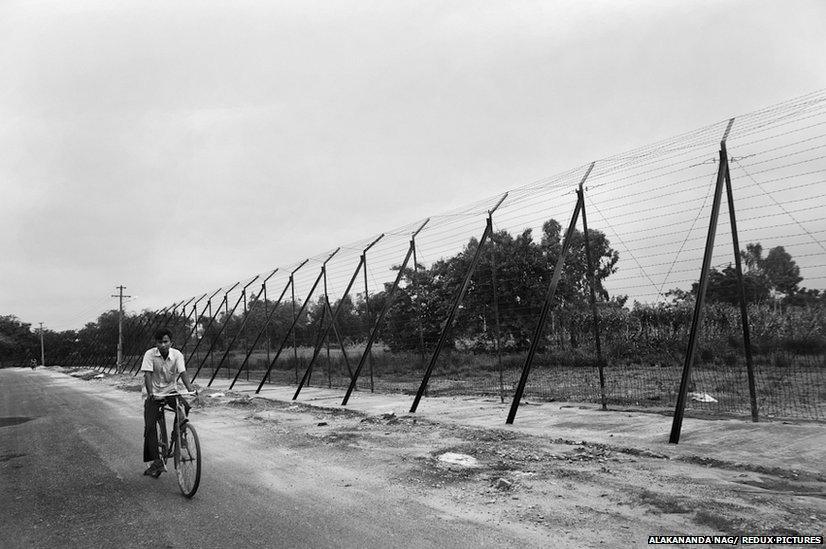
Along the India-Bangladesh border, there are more than 100 pockets of Indian territory in Bangladesh and more than 50 Bangladeshi enclaves in India. These enclaves remain disputed and the lives of the people living there are in limbo. Most of the roughly 3,862km(2,400-mile)-long border is fenced off as shown in the picture. (Text and photographs: Alakananda Nag)

But some areas on the border are not demarcated clearly, leading to confusion. The white stone on the right corner of this photo is the only border demarcation between Indian and Bangladeshi enclaves here.
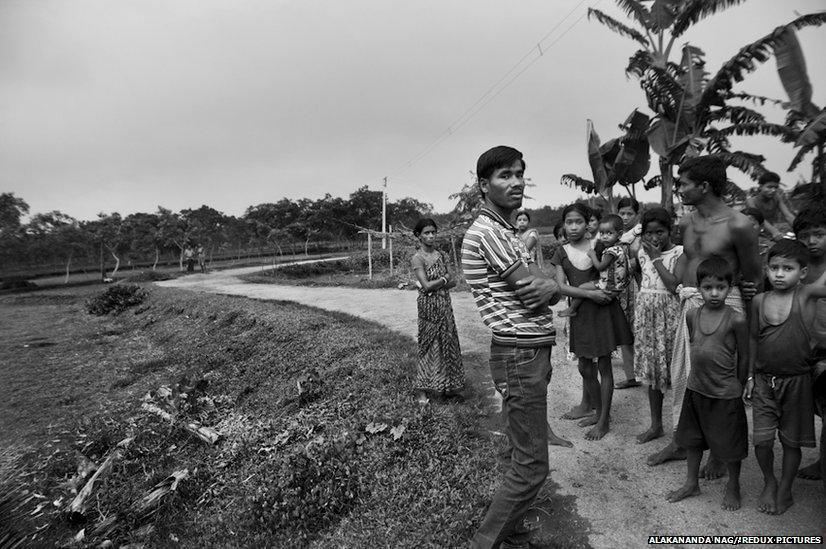
People living in the Indian enclaves are regarded as Indian citizens. In this photo, a group of Indians stand on the Indian territory, which is to the right of the frame. But if they move to the left of the frame, they will be stepping into the Bangladeshi territory and hence become illegal.

These enclaves are a legacy of the 1947 partition when the British left the subcontinent. Life in these land-locked islands is miserable. There is no electricity, no roads, no schools, no hospitals, or any kind of civil society. In this picture, a child plays hopscotch with a battered plastic glass for entertainment.
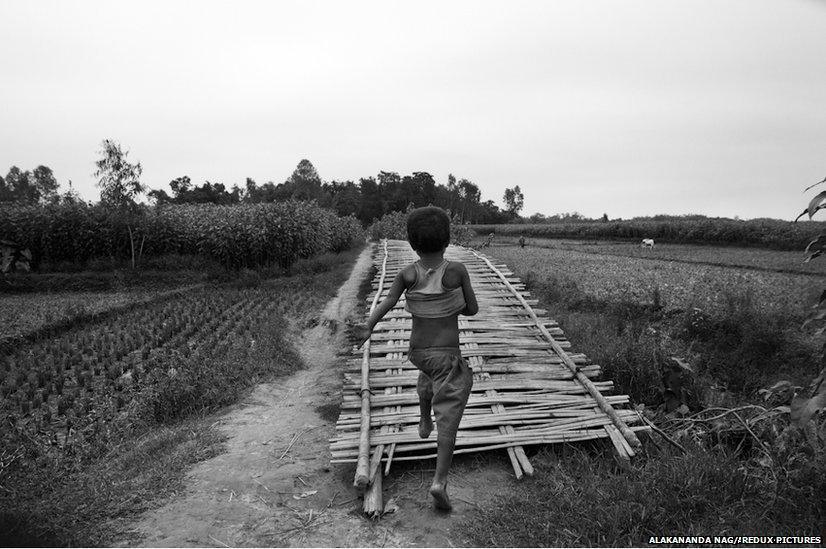
Many enclave dwellers send their children to schools illegally with fake identities. The residents of both sides say they feel abandoned by their countries.

The enclaves are also known as "chitmahals" and the residents have to rely mostly on agriculture for their livelihood. In this photo, a cow grazes in a field in a Bangladeshi enclave.
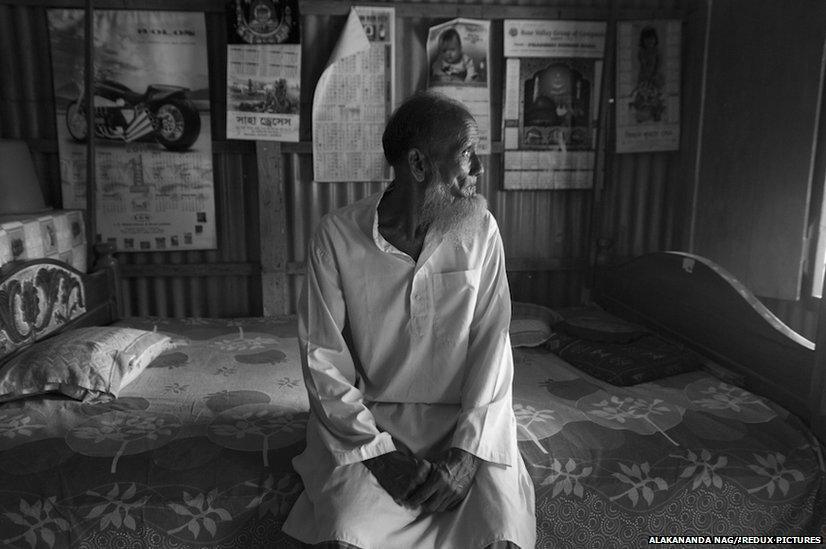
Mansoor Ali Mia (photographed at his home) is vocal about the plight of the enclave dwellers and demands his rights. "There was a census in 2011. Based on that, why have we not got our nationality?" he asks. He remembers, as a child, "suddenly belonging to another country when everything else remained the same".
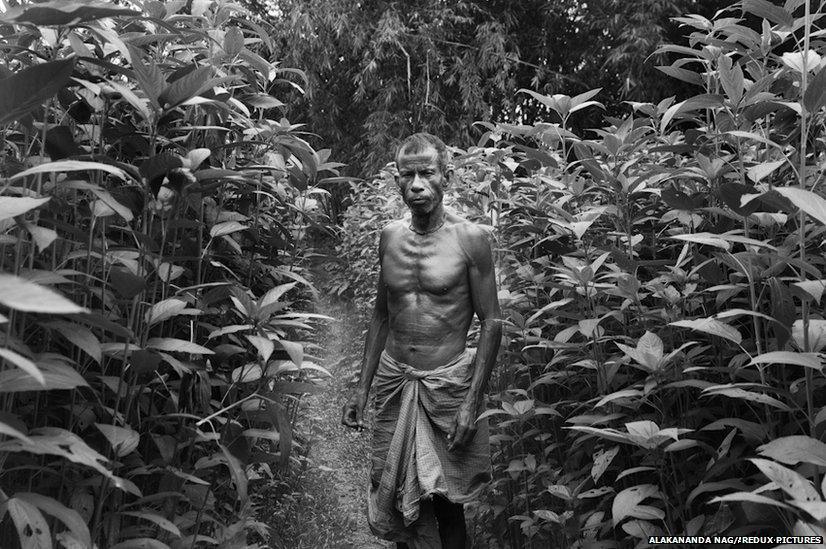
The most important crop in the enclaves is jute and the enclave dwellers survive mainly from subsistence farming.

Paddy is a major crop grown in the area and fields like the one in this photo are a common sight in the enclaves.

In 2011, Delhi and Dhaka signed a treaty to resolve the issue of disputed enclaves. It was agreed that the residents of these pockets would have the option to choose the country they wanted to live in, but it has not been enforced yet.
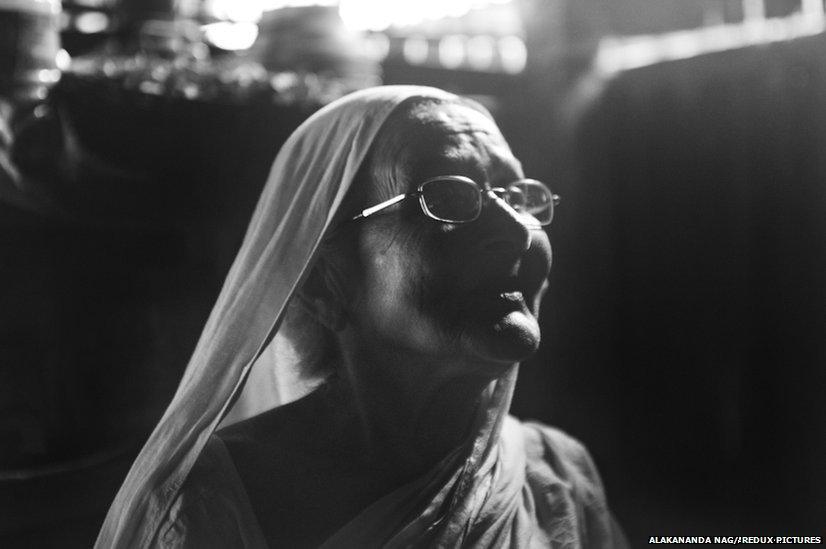
Sadhana Chakravarty, 81, wants to be "identified as an Indian citizen. Nothing else". She and her two daughters-in-law cook on a mud stove as there is no gas supply in the enclaves. Both her sons passed away and the three women barely manage to survive.
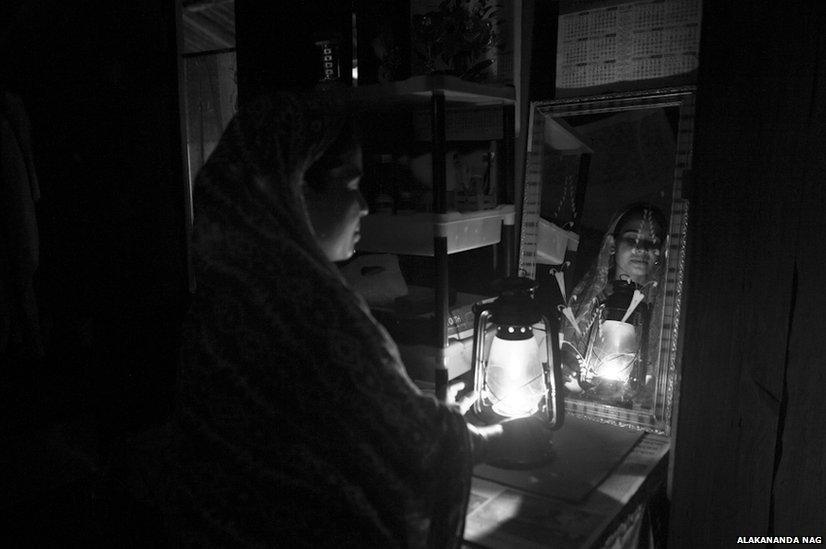
The day-to-day struggles of the residents are many. There is no electricity in the enclaves and people have to rely on candles and lanterns for light once night falls.
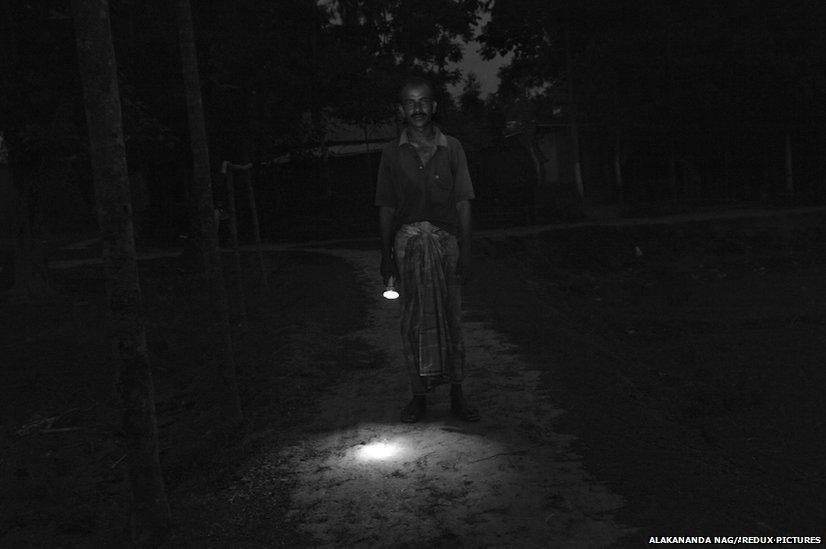
The enclaves are home to about 50,000 people, say officials. Unofficially, the figures is said to be almost the double of that. This photo shows Mohammad Shahjamal Sheikh returning home in the darkness.